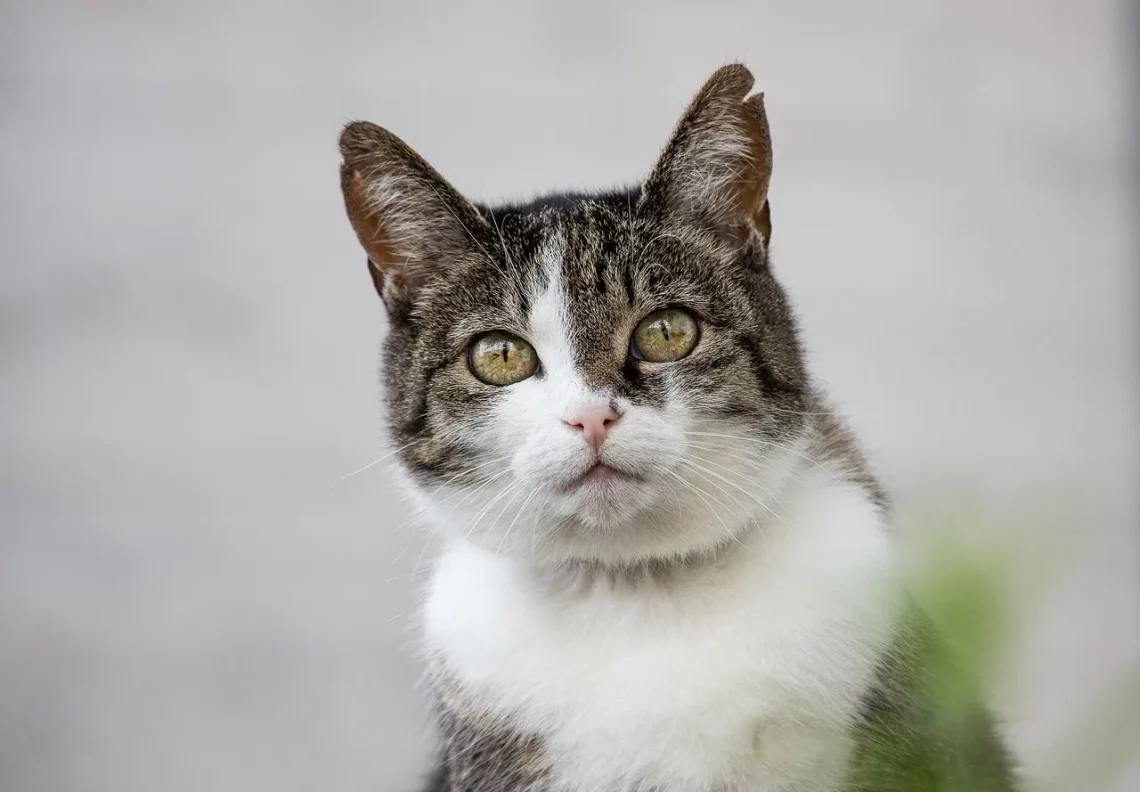
Understanding Feline PU Surgery: What Pet Owners Need to Know
Understanding feline urinary issues is a crucial aspect of responsible pet ownership. Cats, though often perceived as independent and resilient, can suffer from various health problems, including urinary tract diseases. One such condition that may require surgical intervention is the blockage of the urethra, which can lead to severe complications if not addressed promptly. The feline urinary system is delicate, and any disruption can cause significant pain and discomfort for your pet.
Urinary blockages can occur due to several reasons, including the formation of crystals, stones, or even tumors. When a blockage occurs, it often results in the inability to urinate, which can be life-threatening. Pet owners must be vigilant in recognizing the signs of urinary distress, such as frequent attempts to urinate without success, blood in the urine, or excessive licking of the genital area.
In cases where conservative treatments are unsuccessful, or if the blockage is severe, veterinary professionals may recommend PU surgery, or perineal urethrostomy. This procedure is designed to create a new opening for urine to exit the body, bypassing the obstructed area of the urethra. Understanding the nature of this surgery and its implications can help pet owners prepare for what lies ahead, ensuring the best possible outcome for their feline companions.
Understanding Urinary Blockages in Cats
Urinary blockages in cats are a critical issue that can lead to serious health complications. These blockages typically occur in the urethra, the tube responsible for carrying urine from the bladder to outside the body. The causes of urinary blockages can be varied, but they often stem from the formation of crystals or stones in the urinary tract, which can impede the flow of urine.
One of the most common causes of urinary blockage in male cats is the development of struvite crystals. These crystals can form due to a variety of factors, including diet, urine pH, and hydration levels. When these crystals accumulate, they can create a solid mass that blocks the urethral opening. In some cases, tumors or other growths may also contribute to this blockage, further complicating the situation.
Recognizing the signs of a urinary blockage is vital for pet owners. Symptoms may include frequent attempts to urinate, straining to urinate, or blood in the urine. A cat in distress may also exhibit signs of pain, such as vocalizing or hiding. If any of these symptoms are observed, it is crucial to seek veterinary assistance immediately, as a blocked cat can become critically ill within just a few hours.
Once a blockage is confirmed through examination and diagnostic tests, the veterinarian will discuss treatment options. In some cases, a catheter may be inserted to relieve the blockage temporarily. However, if the blockage is severe or recurring, surgical intervention may be necessary to prevent future occurrences and ensure the cat’s well-being.
The Perineal Urethrostomy (PU Surgery) Explained
Perineal urethrostomy (PU surgery) is a surgical procedure designed to alleviate urinary blockages in male cats. This procedure involves creating a new opening in the urethra that allows urine to exit the body without passing through the obstructed area. It is particularly beneficial for cats that experience recurrent urinary blockages, as it reduces the likelihood of future incidents.
The surgery is performed under general anesthesia, and the veterinarian will make an incision in the perineal area to access the urethra. The obstructed portion of the urethra is removed, and a new opening is created that is wider and more accessible. This modification allows urine to flow freely, bypassing any obstructions that may have previously caused issues.
Recovery from PU surgery varies from cat to cat, but most will require a period of hospitalization for monitoring and initial care. Post-operative care is essential, including pain management, monitoring for complications, and ensuring the cat is urinating properly. Veterinarians will provide specific instructions regarding medication, activity restrictions, and wound care to facilitate a smooth recovery.
While PU surgery is generally successful, it is essential for pet owners to be aware of potential complications. These may include infection, urinary incontinence, or the development of scar tissue. Regular follow-up visits to the veterinarian will be important to monitor the surgical site and the overall health of the cat.
Post-Operative Care and Recovery
Post-operative care is a critical aspect of ensuring a successful recovery after PU surgery. Once the surgery is complete, the cat will require monitoring in a veterinary facility to ensure that they are responding well to the procedure. Generally, the veterinary team will check vital signs, manage pain levels, and monitor the cat’s ability to urinate.
Once the cat is stable and ready to go home, pet owners must follow specific care instructions provided by the veterinarian. This may include administering prescribed medications, such as pain relief and antibiotics, to prevent infection. It’s vital to adhere to the dosing schedule and complete the full course of medication, even if the cat appears to be feeling better.
Maintaining a clean environment is also essential during the recovery period. Pet owners should ensure that the litter box is clean and easily accessible. It may be necessary to provide a litter that is softer on the surgical site, avoiding types that could irritate the area. Monitoring the cat’s behavior is crucial; any signs of distress, difficulty urinating, or changes in appetite should prompt a call to the veterinarian.
Additionally, it is advisable to limit the cat’s activity during the initial recovery phase. This may mean restricting jumping, running, or any vigorous play. Providing a calm and stress-free environment will aid in the healing process.
Regular follow-up appointments with the veterinarian will help track the cat’s progress and ensure that there are no complications from the surgery. These visits will also provide an opportunity for pet owners to discuss any concerns or ask questions about their cat’s recovery.
Preventing Future Urinary Issues in Cats
Preventing urinary issues in cats, particularly for those who have undergone PU surgery, is crucial for maintaining their long-term health. There are several strategies that pet owners can implement to reduce the risk of recurrence and promote urinary wellness.
Firstly, ensuring that the cat has access to fresh, clean water at all times is essential. Hydration plays a significant role in preventing the formation of urinary crystals and stones. Offering wet food can also help increase fluid intake, as it contains a higher moisture content compared to dry kibble.
Secondly, maintaining a balanced diet specifically formulated for urinary health is important. Many pet food brands offer diets designed to minimize the risk of urinary issues by promoting a healthy urine pH and reducing crystal formation. Consulting with a veterinarian to select the best diet for the cat’s needs is highly recommended.
Regular veterinary check-ups are also vital in monitoring the cat’s urinary health. Routine urinalysis can help detect early signs of potential issues, allowing for timely intervention. Pet owners should remain vigilant for any changes in their cat’s behavior, such as changes in urination habits or signs of discomfort.
Lastly, reducing stress in the cat’s environment can also play a significant role in urinary health. Cats are sensitive creatures, and stress can lead to various health problems, including urinary issues. Providing a safe, enriching, and calm environment can help reduce stress levels, contributing to overall well-being.
In conclusion, understanding feline urinary issues and the implications of PU surgery is essential for every cat owner. By staying informed and proactive, pet owners can help ensure the health and happiness of their feline companions.
**Disclaimer:** This article is not a substitute for professional medical advice. For any health-related concerns about your pet, consult your veterinarian.




